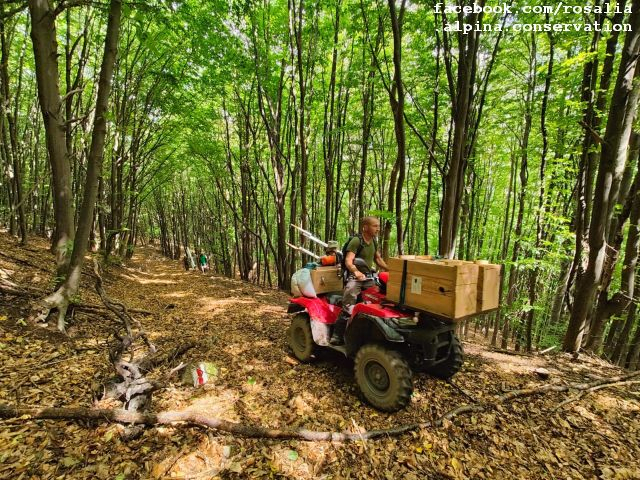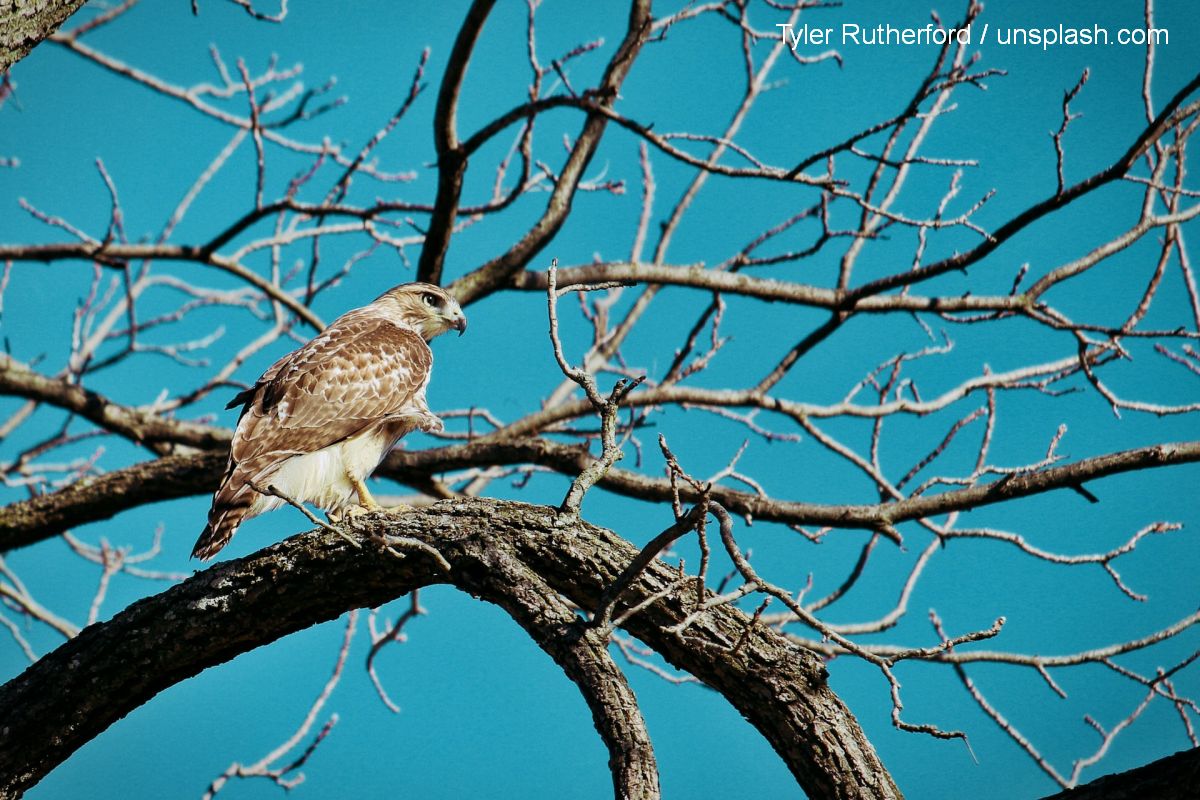The Macin Mountains National Park
One of the most beautiful areas in eastern Romania

România Internațional, 27.07.2018, 09:54
The Macin Mountains National Park in Tulcea county is a protected area in Dobrogea, eastern Romania. The park was declared a Biosphere Reserve in 1998 and is the only region in the European Union where ecosystems that are normally found in steppes coexist here with those specific to the sub-Mediterranean regions. The Macin Mountains are part of the Natura 2000 Network being the only national park in Europe aimed at the protection and promotion of biodiversity in the steppic bioregion.
The Macin Mountains are the driest and oldest mountains in Romania and home to almost 70% of all types of known rocks, plants growing in the dry land, birds usually found in other Danube countries and many rare species. The area is also a major migration route for the birds following the Prut and Siret rivers. Its also where you can spot the largest number of predatory bird species in Europe, namely 29.
For its ornithological wealth, the Macin Mountains have been added to the list of Europes Most Important Bird Areas. Viorel Rosca, director with the Macin Mountains National Park tells us more about this region:
Viorel Rosca: “There are 181 different bird species here because the region is a real paradise for birds thanks to the alternation between valleys and sharp crests which allows the formation of rising air currents. The birds use these currents to glide and to look for food. The area is home to many rare, endangered species that can only be seen in books in other parts of Europe. We have many species of eagles, such as the spotted eagle (Aquila Clanga) and the lesser spotted eagle (Aquila Pomarina), the short-toed snake eagle (Circaetus Gallicus), the Saker Falcon (Falco Cherrug) and other endangered species. The most common animal species here is the Greek tortoise (Testudo Graeca). We have monitored this species and found out there are 4,000 of these animals around our park. Tourists visiting the park on horseback can often see these animals gathered around the pools formed in the granite rock. Also living here is the so called ‘Dobrogean dragon (Elaphe sauromates), which is a non-venomous snake that can grow up to three meters in length, and which needs peace and quiet in order to develop properly. The national park is also home to a rare species of lizard, the European copper skink (Ablepharus Kitaibelli) and to the European green lizard (Lacerta Viridis), which is quite beautiful.
There are many ecosystems in this area, including forests, bushes and pastures, rivers, moors, rocks and pebbles and several archaeological sites. Macin Mountains is the only place in the country where the red deer can still be found. Fortunately, in the past years, the population has grown to 160. Deer and wild boars can also be found in the area, just like jackals, the main animal predator in the park. As regards plants, the second crest of the mountains, Culmea Pricopanului, is home to 27 species that are unique in Dobrogea, and 72 protected species, as they are rare or vulnerable. There are plants that grow right from the stone, as the magmatic rocks there are rich in nutrients. Next, director Viorel Rosca gives us details about the richness of this park:
“There are some 1,900 species of plants, accounting for more than half of Romanias flora. In spring, there are two species of snowdrops that can only be found here: Galanthus Picatus and Galantus Elwessi. We also have the cloth-of-gold crocus (Crocus Reticulates), rare irises like the bearded iris (Iris Reichenbachii) and the pigmy iris (Iris Pumila), the basket-of-gold wildflower (Alyssum Saxatile). Another endemic species in the park is Campanula Romanica, which grows on rocky ground and has a special adaptation system, as the Macin Mountains are the driest and rockiest in the country. We also have the frog cup (Flitillaria Meleagris) and other extremely rare species of wild flowers, which cannot be found anywhere else in the country. Extremely beautiful are the peonies and we have two species: the Dobrudjia peony and the steppe peony. There are also species of trees growing here, such as the Crimean beech, a species of beech that grows at altitudes of over 700 meters. We have an area of 155 hectares of forest of this species of beech, which can grow up to 40 meters in length and 2 meters in diameter.
For several years now, the village of Greci has hosted the Information Centre of the Macin Mountains National Park, which hosts permanent exhibitions reflecting the areas biodiversity, but also temporary exhibitions promoting the traditions of the minorities living in that part of the country.
(Translated by D. Bilt & M. Ignatescu)






























